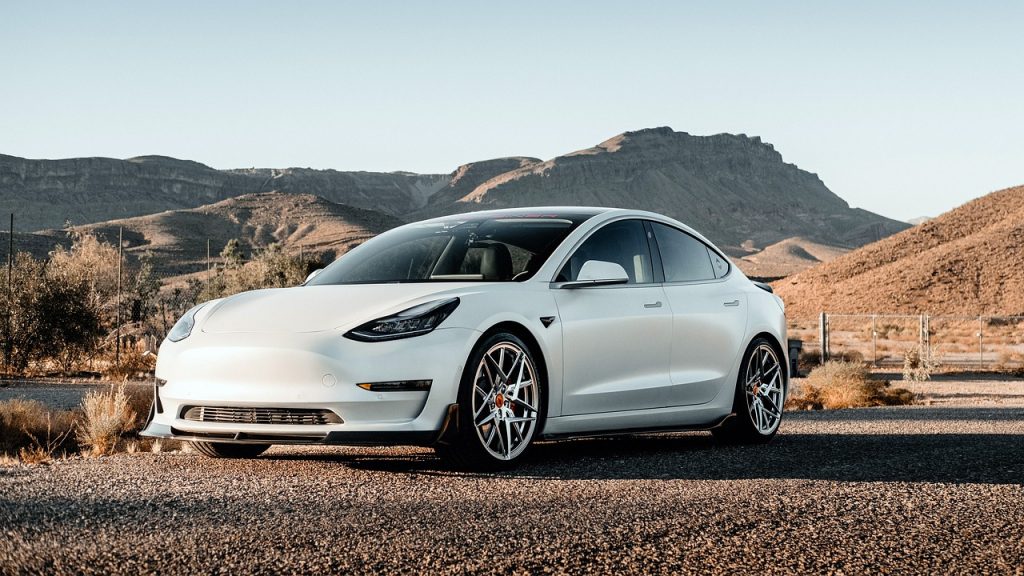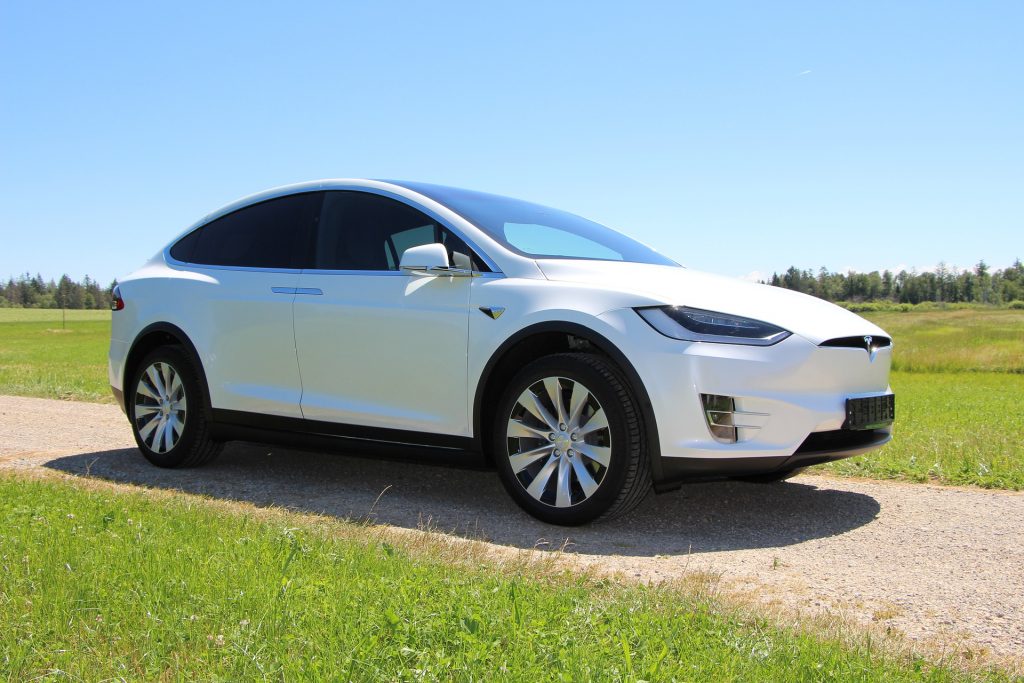Tesla’s Self-Driving Car Has Crashed
A Tesla Model Y crashed while in Full Self-Driving beta mode.
This article is more than 2 years old

Self-driving cars are the way of the future right? Corporations like Walmart have already begun utilizing self-driving trucks in the last mile of their shipment lifecycles. Many companies have also been teasing concepts at the consumer level. Apple is even rumored to be working on its own version of a self-driving car. In a way, it seems like the future is already here. However, it’s a future that we all might not be ready for. According to The Verge, a Tesla, whose cars all come equipped with a self-driving feature, suffered a brutal crash while said feature was being utilized by the car’s driver.
An incident report filed with the National Highway Traffic Safety Administration on November 3rd in Brea, California detailed that a Tesla Model Y had crashed while in Full Self-Driving (FSD) Beta Mode. According to the report, which was filed by the owner of the vehicle, while in FSD the car was making a left turn, however, the driver noticed that the lane the car was turning into was not safe and when the person attempted to correct the car, FSD took over the car completely, forcibly making the car proceed to its intended lane. The car’s actions resulted in severe damages to the vehicle. Thankfully, the driver and their passengers were able to walk away unscathed from the incident.

This is the first reported event of its kind involving Tesla’s FSD feature. However, it is still concerning, especially considering how the circumstances that caused the accident unfolded. Tesla has consistently asserted that the FSD feature on their cars is only meant to serve as an assistant and not as a replacement for the car’s driver themself. However, in this case, the driver was alert and when they attempted to take over they were unable to. This incident serves to highlight a serious flaw in the software’s architecture. It is worrisome to think that should this flaw be present in the feature systemically and universally further accidents would likely occur and those drivers might not be as lucky as the one involved in the aforementioned incident.
Furthermore, this incident could have serious consequences for Tesla and could ultimately hinder their ability to continue to include the program in their cars. Especially given the fact that many lawmakers and regulators have been openly critical of Tesla’s inclusion of FSD in the vehicles. The accident that transpired could give those critics the ammunition they need to prevent Tesla from even getting the chance to improve upon FSD’s beta.
However, despite regulators’ potential desire to have Tesla ax the program from their cars, they are instead calling for the company to provide specific reports pertaining to FSD. In particular, they are asking for data acquired from internal safety tests. Additionally, in a similar vein to the latest incident, The NHTSA has once again begun looking at evidence surrounding the feature’s inclination to drive straight into stationary emergency vehicles. Reports regarding Tesla’s in FSD mode crashing into ambulances and the like were prevalent in 2018. Tesla had since worked to rectify the issue, but this newest occurrence has caused the NHTSA to take another look at past occurrences. Tesla, at present, has made no attempt to address the concerning incident.



